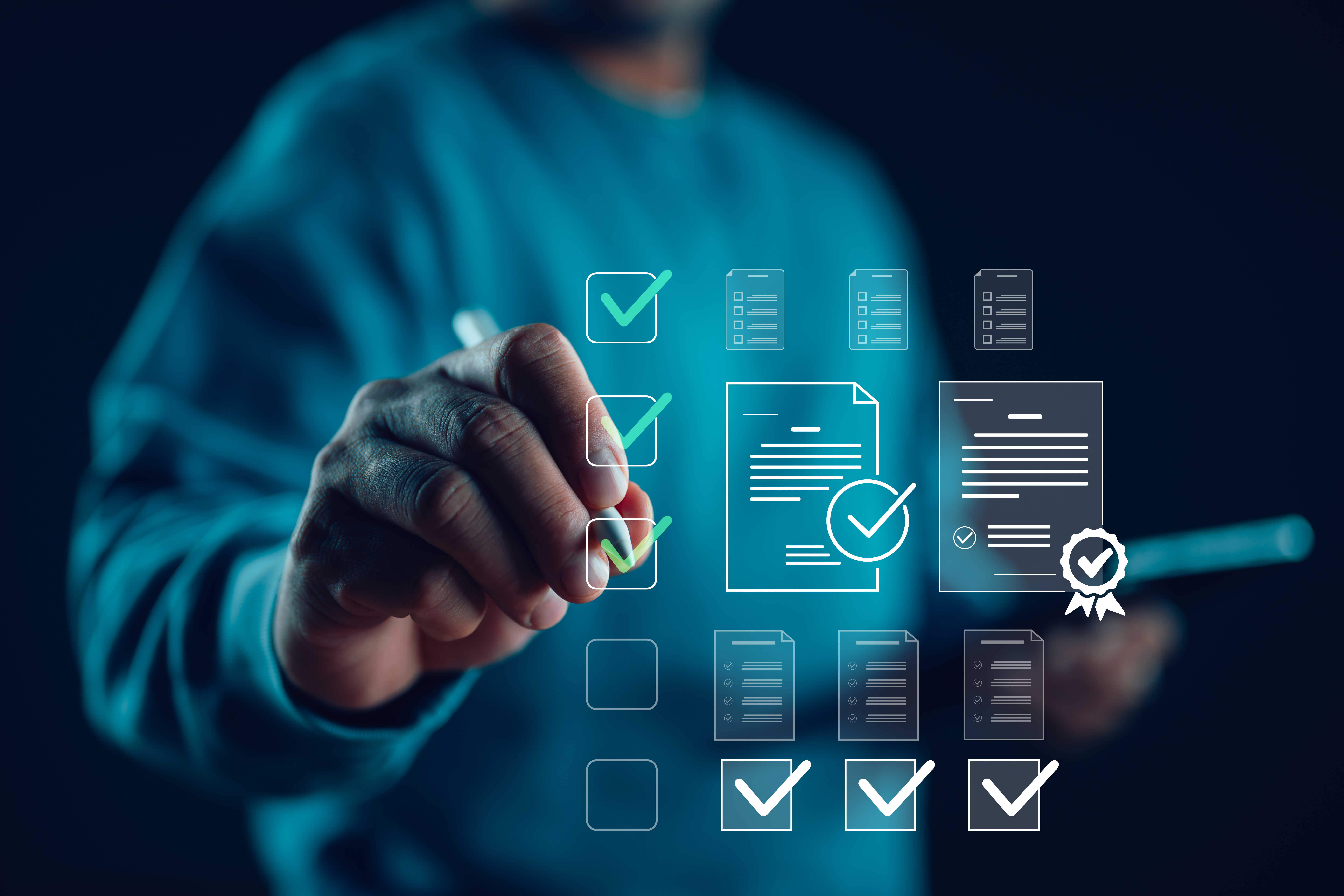AI is reshaping more than operations — it’s redefining how organizations source software. CIOs now lead procurement strategies that demand…
Simply put, account-based marketing (“ABM”) is a strategic B2B marketing approach that targets a market consisting of a single company, a division of a company, and / or an individual within a company. It stands in contrast to the more generalist B2B marketing approaches providing much more targeted tactics (e.g., named companies, firmographics, and demographics vs. general company profiles, individual names and emails vs. general role-based personas and broad email lists, individualized value propositions vs. general benefit statements, etc.).
As a sales leader or salesperson, your success in closing deals depends on your ability to influence outcomes by guiding potential buyers from their current mindset to one where they believe your solution addresses their problem. Having extensive data about the company you are prospecting, their customers, partners, competitors, and broader market context enhances your knowledge and ability to connect with your audience.
See how companies are using developers to ride a new wave of digital innovation and transitioning from software buyers to software producers.
We’ve discussed how the term artificial intelligence (AI) covers a wide array of applications; just like many of these functionalities, affective computing is beginning to see some growth in the market. Spanning across computer science, behavioral psychology, and cognitive science, affective computing uses hardware and software to identify human feelings, behaviors, and cognitive states through the detection and analysis of facial, body language, biometric, verbal and/or vocal signals.
IT has always had to support audits and certifications and navigate through what seems like constantly changing requirements. Compliance was visible to the board and IT had to answer to the board. That visibility, though, was rarely outside the building – and historically more top of mind for the CFO, the audit committee, internal audit and the CIO.
“Architecture is not about installing infrastructure, but designing ways that information is stored and moved,” says Joe Spagnoletti, CIO of US LBM, a $3 billion specialty distributor of lumber, roofing, siding, and other building materials across 30 states. “When it comes to technology, we want to stay ahead of our competition, but not our technology partners,” he says.
Before diving into the key actions you can follow to transform your procurement organization, let’s consider a recent scenario I heard from a client. This will give you a better picture of the kinds of problems the key actions provided further in this article can help you tackle.
There is an often-quoted economic theory that describes the balance that occurs when competitors in a market of a fixed size win or lose share depending on the success or failure of the other. The “zero sum game” (as it is known) has been cited so often since the financial crisis of the late 2000’s slowed global growth, that its continued use is becoming something of a cliché.








